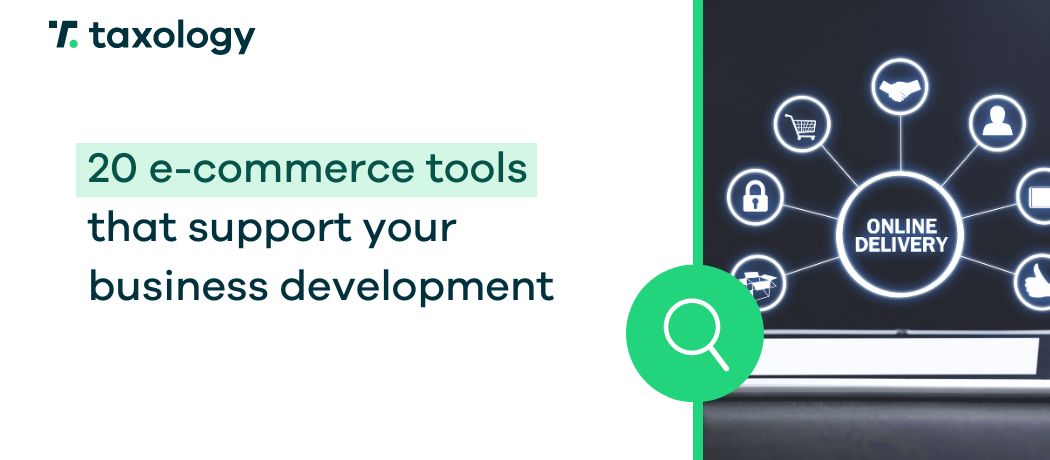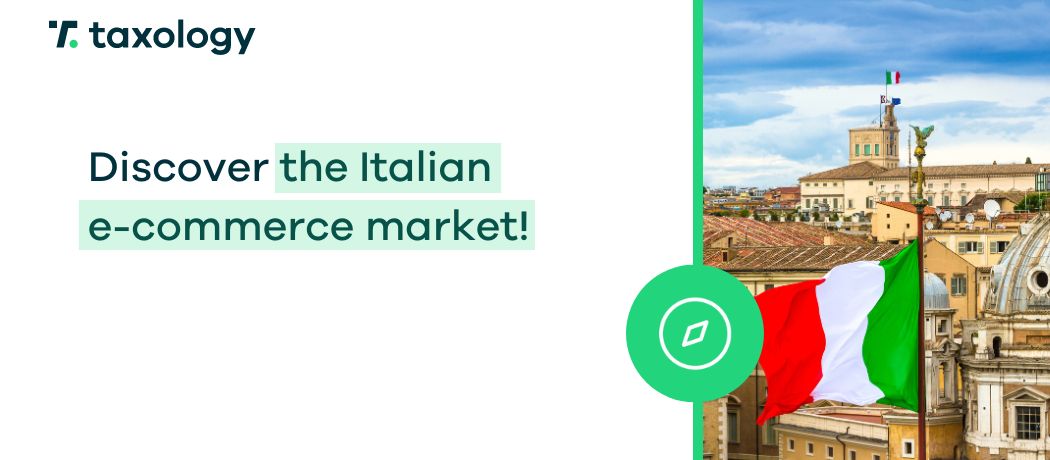In recent times, the Czech Republic and Slovakia have seen a significant increase in Polish sellers entering their markets. This surge is largely due to Allegro launching dedicated versions of […]
Read in: 5 min20 e-commerce tools that support your business development
- Last update: 23.02.2024
- Published: 30.01.2023
- Read in: 8 min
Running an e-commerce business requires a constant, comrehensive, hands-on approach. A steady growth depends on a wide range of factors – from online sales and SEO, to logistics and customer service. In order to take better and more efficient care over each of these elements, it is advisable to use the support of modern applications. In the following article, we will demonstrate the areas of e-commerce that can be assisted by tools, and also provide examples of the most popular e-commerce tools.
Why should you start using e-commerce tools?
The shortest answer to this question is ‘to do things faster, cheaper, more efficiently and effectively’. Broadly speaking, the purpose of the vast majority of tools is:
- accelerating processes
- reducing costs
- reducing the workload
- boosting sales
In order to give a more detailed response, it will be necessary to lean into the different areas of the e-commerce industry and the tools that can support these areas.
Before we move on to the list of tools, for the record the proposals, we will discuss here, are quite generic. Whether a particular tool is useful in a given case depends on the specific nature of the e-commerce business in question, i.e., the product range, the target group characteristics or the development stage. In every case, the toolbox should be carefully selected according to the specific needs of the company. Unfortunately, there are no one-size-fits-all solutions here. Alongside the list of recommended tools, we will also include examples of how they can be used and the problems they can solve.
However, we would like to point out that in the following article we primarily focus on tools, which are mainly available under the SaaS (Software as a Service) model. We have also posted a separate article on our blog about companies offering services supporting e-commerce.
So, without further delay, please take a look at our list of recommendations.
Marketing

Examples: Brand24, Landingi, Mailchimp, SMSAPI
When it comes to marketing, the category is extremely broad and you can probably find the largest number of tools there. Especially if we include all kinds of social media.
Platforms such as Facebook, Instagram and TikTok have long ceased to be considered as pure means of communication, but rather as direct online sales channels. However, it is important to remember that the channel’s sales potential largely depends on the type of product you are offering. While in the fashion or beauty industry, Instagram will be an obvious choice, that doesn’t automatically mean that the same channel will be useful for selling hardware.
So for which channels and what types of e-commerce marketing activities can e-commerce tools assist you with?
Internet monitoring
Examples: Brand24, Talkwalker
Tracking product and brand needs, comments and opinions can play a key role on many levels. Not only does it give marketers valuable data and inspiration, it also allows them to respond quickly against potential crises.
Tools such as Brand24 or Talkwalker enable real-time web tracking of brand, shop or product category keywords. After selecting the most relevant keyword phrases, the apps generate reports packed with forum and social media threads, blog articles and other publications covering the topic.
Creating landing pages
Examples: Landingi, Unbounce, Carrd
Creating landing pages is associated with both time and expenses for developers, who usually have, safe to say, slightly more challenging and interesting tasks lined up. Fortunately, marketers nowadays have tools at their disposal that allow them to create them without involving developers. Apart from the landings, they often feature, among other things, a pop-up creator and also facilitate the management of the marketing funnel.
E-mail marketing
Examples: Mailchimp, Hubspot, Constant Contact
In many industries, email marketing is invariably the preferred method for the highest conversions. These tools make it easy to create aesthetically pleasing emails, subsequently send them and analyse the effectiveness of the campaign. What’s more, many of them already provide ready-to-use integrations with e-commerce platforms, such as, Shopify, or Woocommerce? These tools most often offer both paid and free packages.
SMS notifications and marketing
Examples: SMSAPI and selected email marketing platforms
Some of the above-mentioned platforms offer a SMS marketing and notification service, as well as voice messaging (VMS) and WhatsApp communication. These channels can be used for promotional activities (e.g. sending discount codes), including the function of e-commerce system integration and, for example, they can send a dedicated code on the customer’s birthday. Such activities significantly increase the effectiveness of advertising campaigns. SMSAPI is a Polish, tool, exclusively dedicated to this kind of activities.
Marketing automation
Examples: SALESmanago, Edrone, User
If you search on the market, there are many marketing automation tools available and it is difficult to point out unequivocally which is the most suitable for e-commerce. Without beating about the bush, a dedicated need analysis of the online shop is required and adapting the right tool to suit the company’s needs. A sophisticated marketing automation tool doesn’t necessarily have to do the trick, but a correctly selected and configured tool can significantly help generate leads and sales online.
SEO
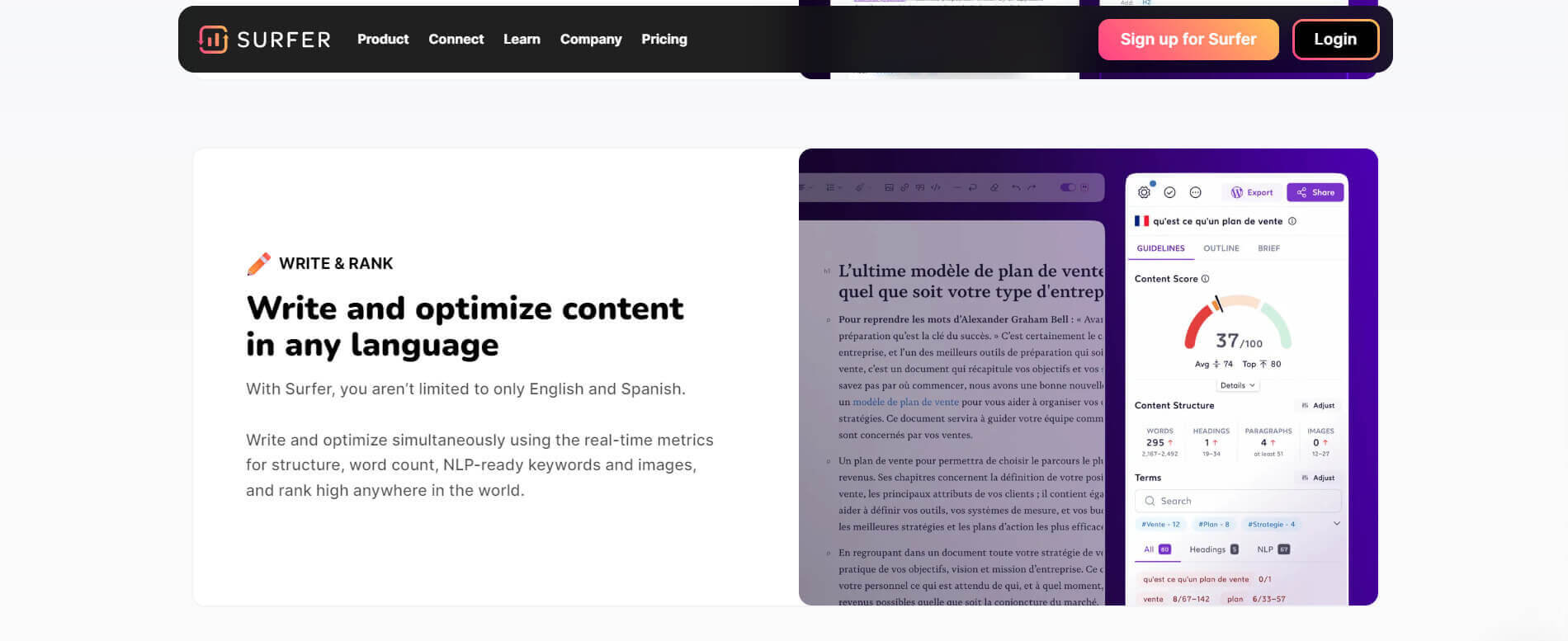
When working on the development of your online shop, Google positioning is one of the most important aspects. A well-functioning SEO depends on a multitude of factors, such as proper site optimisation, keyword selection, constant analysis and a dynamic response to changes in Google’s algorithms and competitors’ actions.
It is quite a challenge to build up a strong SEO in e-commerce and is difficult to imagine without the support of appropriate tools. Plenty of valuable data can be drawn from Google itself, such as Google Analytics, Google Search Console or PageSpeed Insights. When selecting SEO tools, the first thing to do is to consider what your needs are and, based on these, customise a tool that meets them.
Multi-functional platforms for SEO management and analysis
Examples: Ahrefs, Senuto
Such large SEO tools vary considerably in terms of the options available, the advantages and also the price. For example, Ahrefs is a very powerful SEO harvester that is designed more for those who already have experience in this area and will benefit from its extensive capabilities. It is fair to say that if any SEO element can be analysed, Ahrefs will almost certainly help generate a relevant report. However, it is a relatively expensive tool and in many cases a better option will be slightly cheaper platforms, which results only slightly deviate from the top ones, or on some levels even have more to offer.
Application-specific SEO tools
Examples: SurferSEO, Frase
Some SEO tools are task-specific, such as content analysis and generation.
So if content, especially blog articles, is important in your industry, Surfer SEO and Frase will certainly the go-to choice. The tools give the user precise guidelines on, e.g. how long the text should be, what phrases to include and how many paragraphs and headings to add. Both platforms allow for content generation using the support of AI and the optimisation of SEO activities.
Sales automation
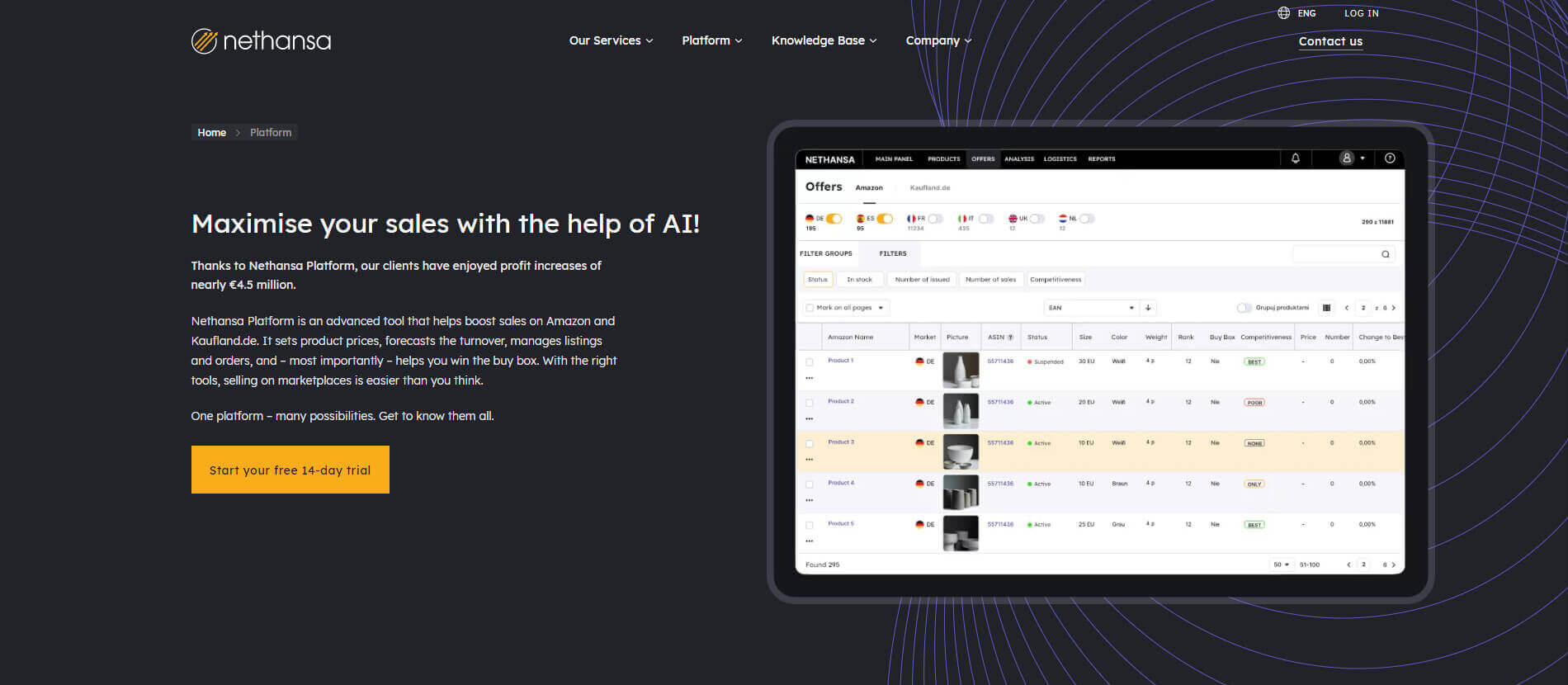
Example: Nethansa
Selling on marketplaces such as Amazon requires a great deal of vigilance and systematic planning and action. A brief moment of negligence can be enough for us to miss out on the chance to win a Buy Box or be squeezed out by competitors who have suddenly decided to gain an advantage by slashing prices. Nethans’ tools enable, i.a. for automatic price management, scheduling inventory, or finding Buy Boxes. All this in order to ease the burden on the team looking after the marketplace and to boost sales.
In addition to Amazon, Nethansa also has similar features for the Kaufland.de marketplace, which earlier this year opened platforms in the Czech and Slovak markets.
Integration tools
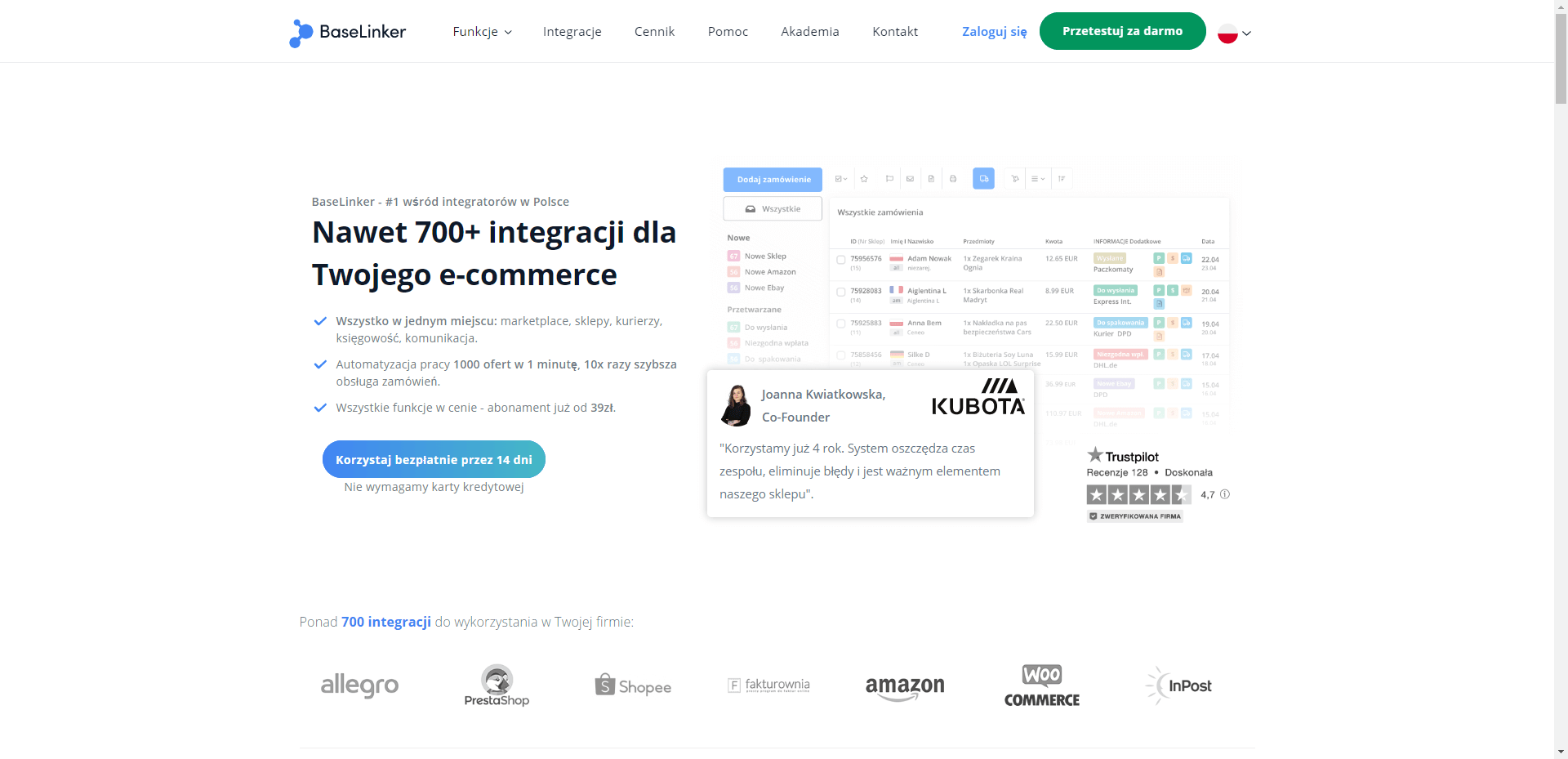
Examples: Baselinker, Plentymarkets
The modern, developing e-commerce is increasingly based on multi-channel sales, the collaboration of a large number of people and departments using a wide set of tools. In order for this interdisciplinary, complex machine to move forward, not only is there a need for a smooth flow of information but also for the integration of all key systems – from strictly sales to accounting, logistics or even marketing.
Systems such as Baselinker or Plentymarkets offer a very broad range of off-the-shelf integration solutions under a subscription-based model. Depending on the size of your business and the number of required integrations, you can access packages at various price points – from a few integrations for beginner shops to ones for large e-commerce sites operating on multiple platforms in different countries. We have the opportunity to test the tool free of charge for 2 weeks.
Customer service
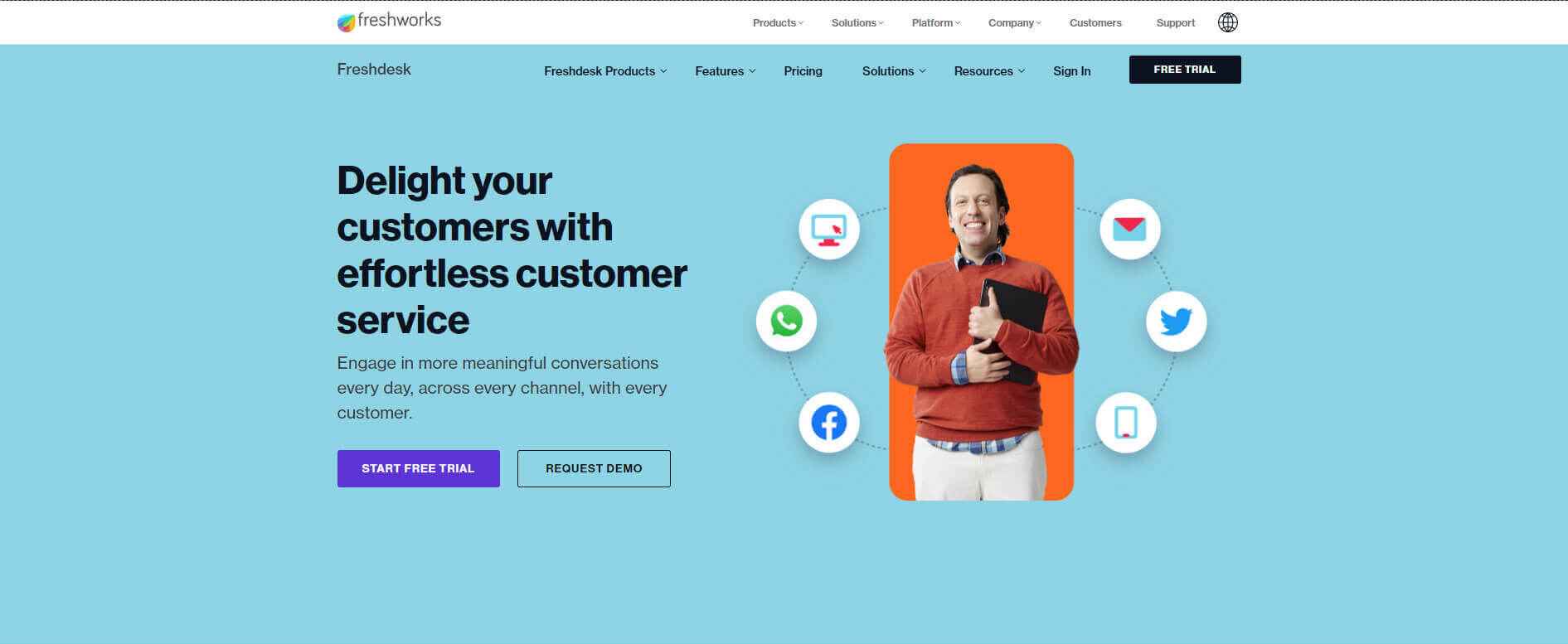
Example: Freshdesk
As we have already mentioned, e-commerce growth often goes hand in hand with an increasing number of channels and platforms on which a company sells. In the case of 2-3 channels, the situation is relatively easy to manage, but at some stage there may be more than a dozen, and often the biggest challenge in such a situation is faced by customer service departments who have to log in and keep an eye on the situation across multiple platforms.
Freshworks created a tool called Freshdesk, handling customer requests submitted to the shop, which allows for a much simpler and faster customer service process at every stage. The customer is always informed about the status of the request and the expected time to resolve the case. It enables communication by phone, email, social media or website chat to all be done in one place.
Fulfilment
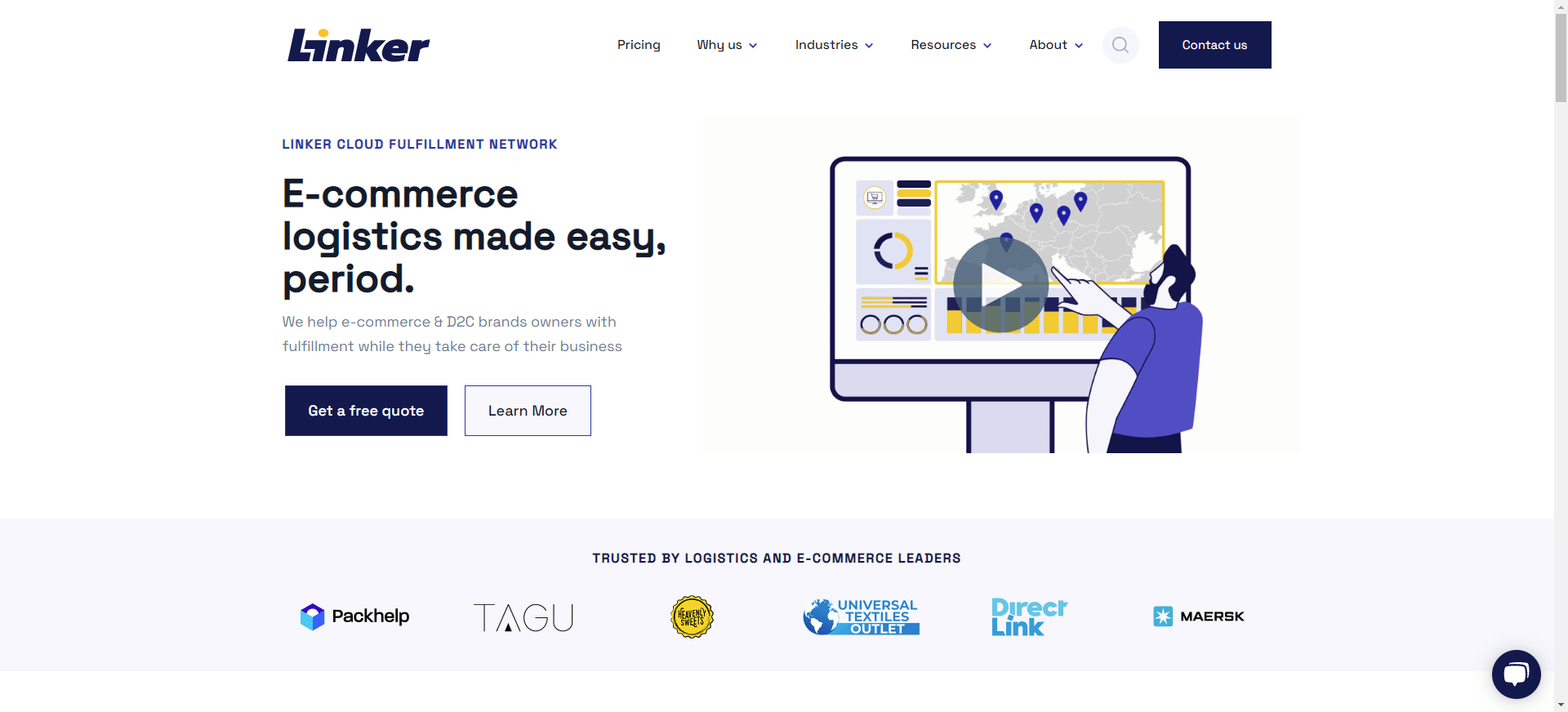
Example: Linker Cloud
Fulfilment carried out by means of an external service company is becoming an increasingly popular solution, especially during the expansion into new markets. As a result, cross-border e-commerce development can become faster, cheaper and more convenient.
Companies, such as Linker Cloud, act as intermediaries between shops and fulfilment companies, enabling easy market penetration. Most importantly, from the outset down to the very end, they assist in integrating all sales channels with their systems and those of the carriers.
Automated VAT settlements

Need help with VAT or e-commerce accounting?
Reach out to us and let us know, what is problematic – accounting in e-commerce or VAT and VAT OSS matters – registrations, settlements or returns! We will handle the rest!
Schedule a free consultationOnline payments
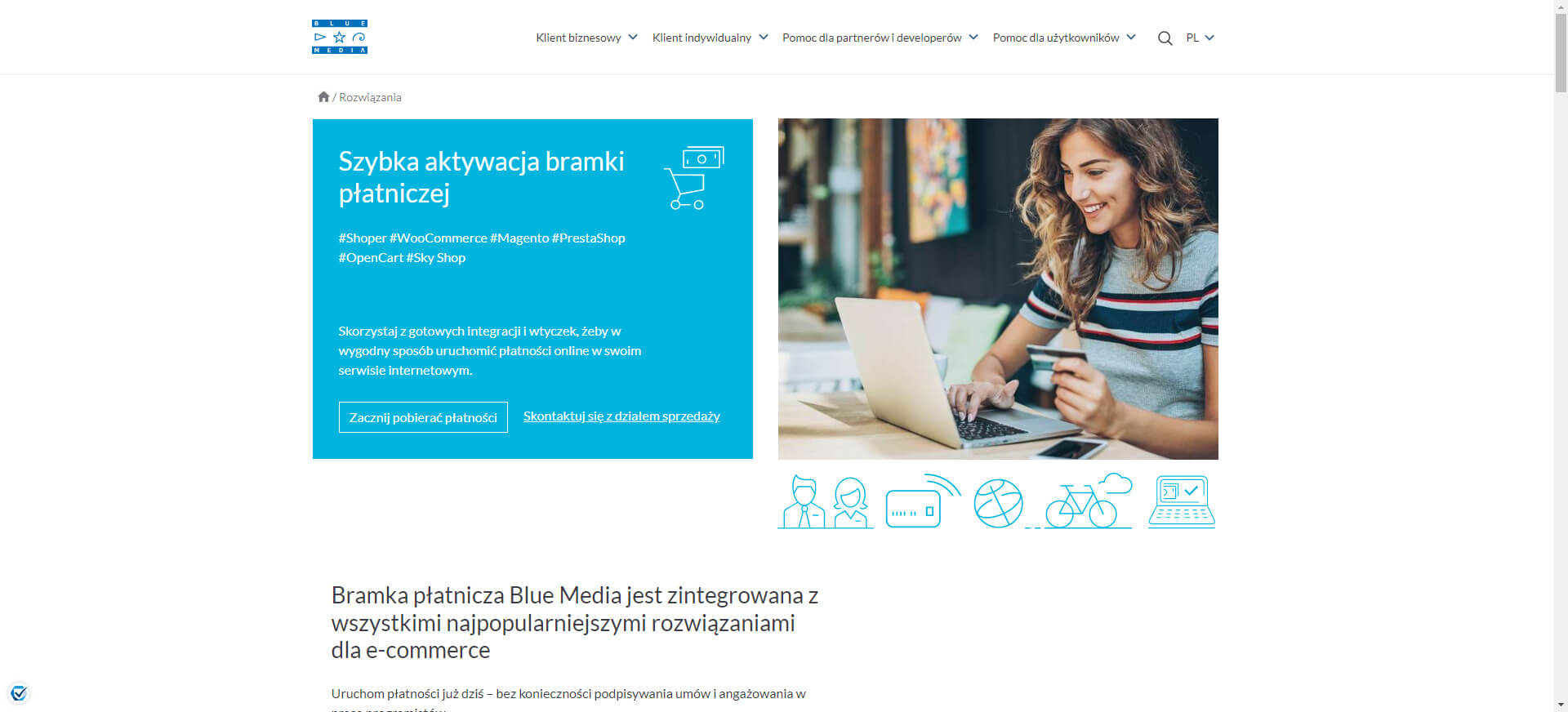
Examples: Blue Media, Stripe, PayPo
A reliable payment system is the foundation of a well-performing online shop and plays a vital role not only for the e-commerce business itself, which wants to be certain that all orders are correctly paid. From the customer’s point of view, the availability of systems such as Blue Media, Stripe or PayPo conveys the message that the payment is secure and the shop is trustworthy. According to recent studies, the lack of suitable payment methods together with the lack of trust in a given shop are some of the most common reasons behind shopping cart abandonment.
Building online reviews

Example: Zaufane
While the previously mentioned tools are rather well-known to the general public, the market awareness of Zaufane.pl is on a bit smaller scale. It is actually a two-in-one solution, combining a tool and a service that aims to help e-commerce businesses acquire and manage reviews of a shop or brand online – both on customers’ sites and on Google. The Zaufane.pl solution offers integration with both popular e-commerce platforms as well as those with dedicated systems.
User behaviour analysis and research
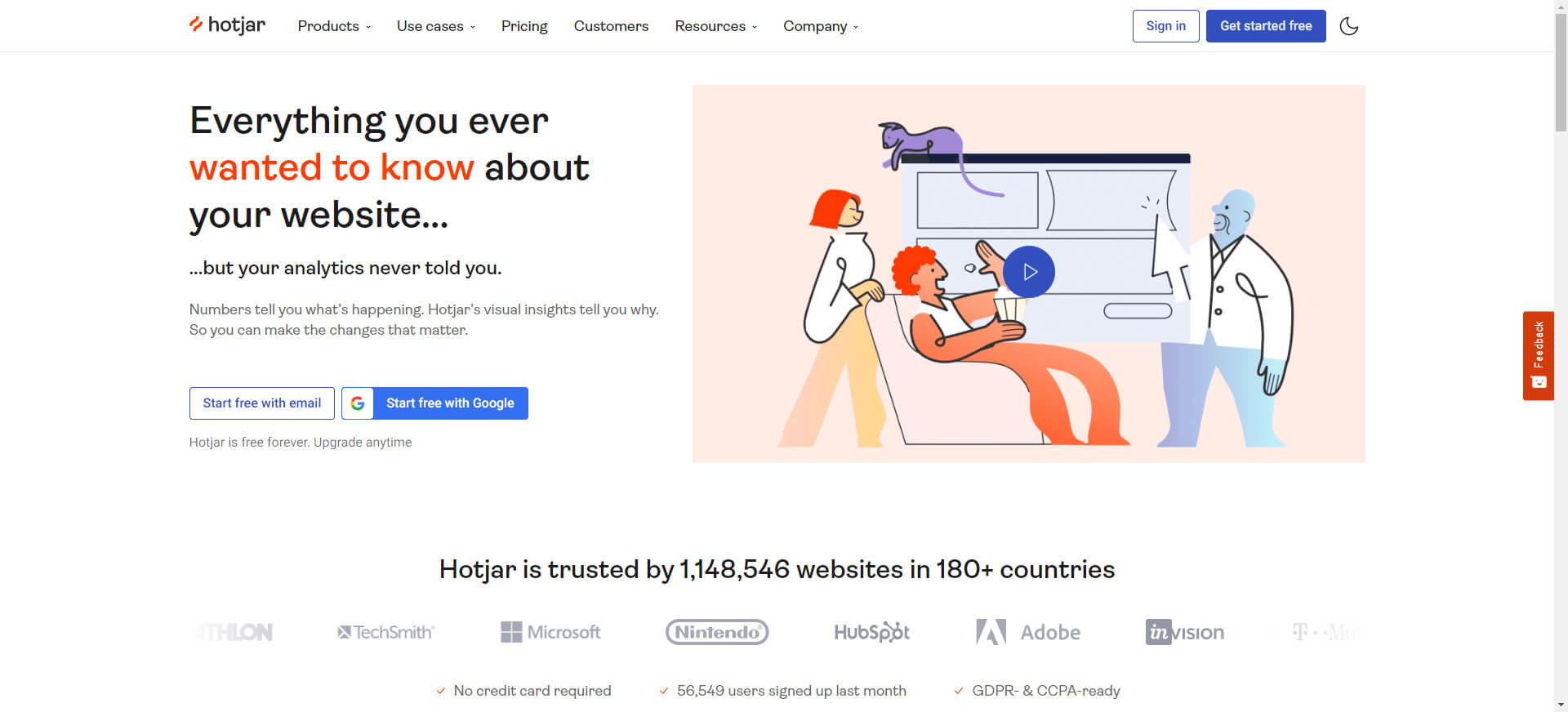
Examples: Hotjar, Crazy Egg, Google Analytics
The work on conversion rates, increasing average basket value and many other key e-commerce metrics is an arduous task if you do not have the right tools in place to better understand user behaviour. Such tools as Google Analytics, Hotjar or Crazy Egg are often the key source of information for those developing the cutomer’s path to purchase and other elements related to the whole customer experience. Some of their key features include analysing the customer’s path to purchase, building user heatmaps, back-to-back recording of site visits, and also creating surveys.
